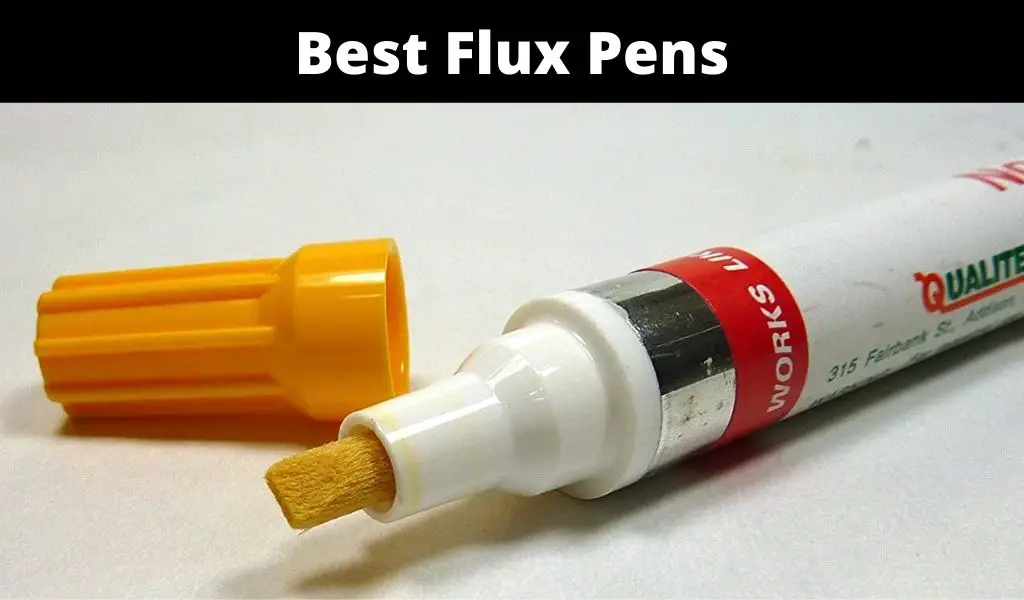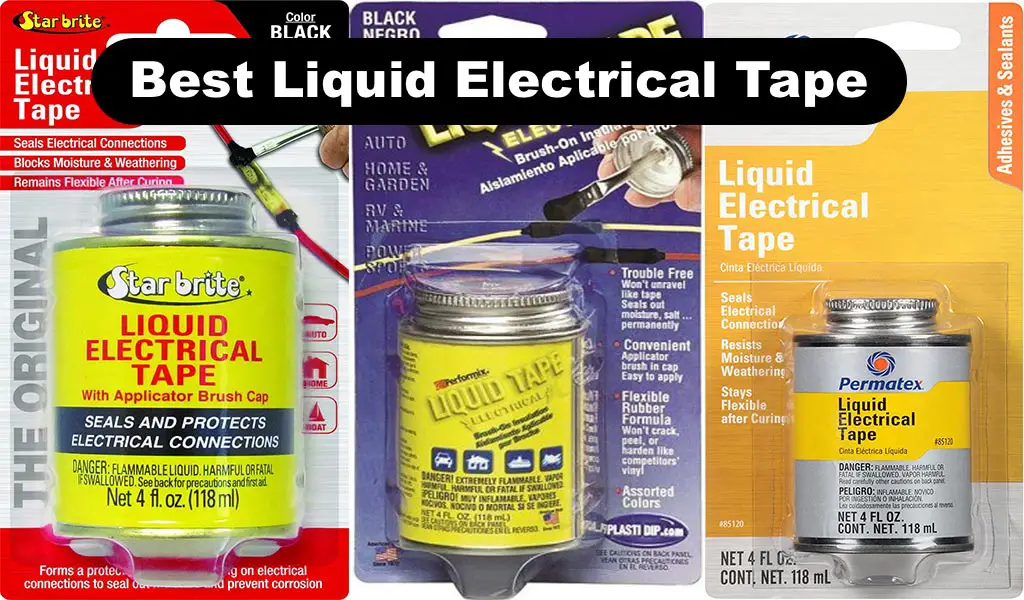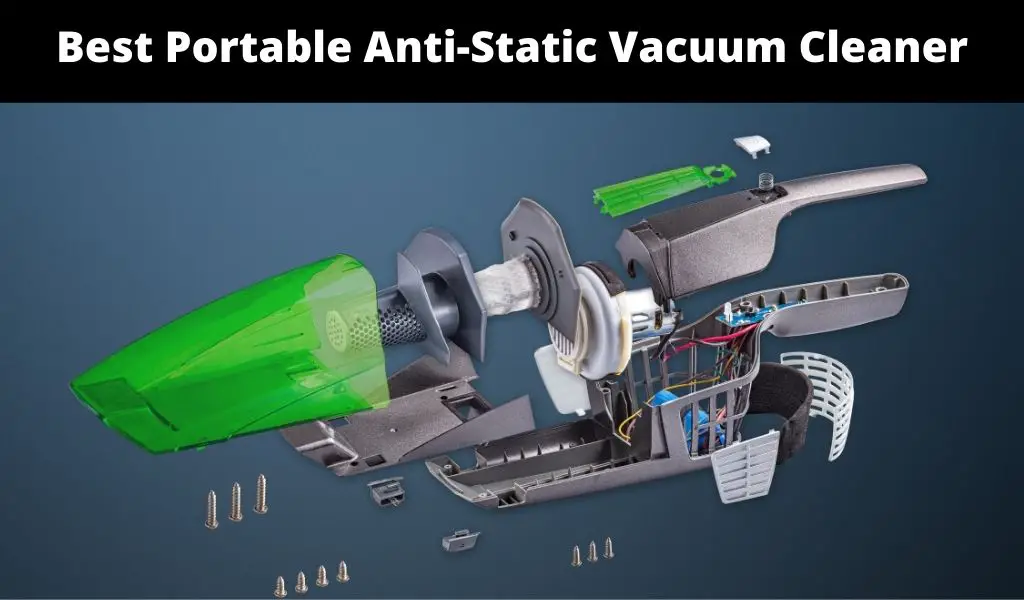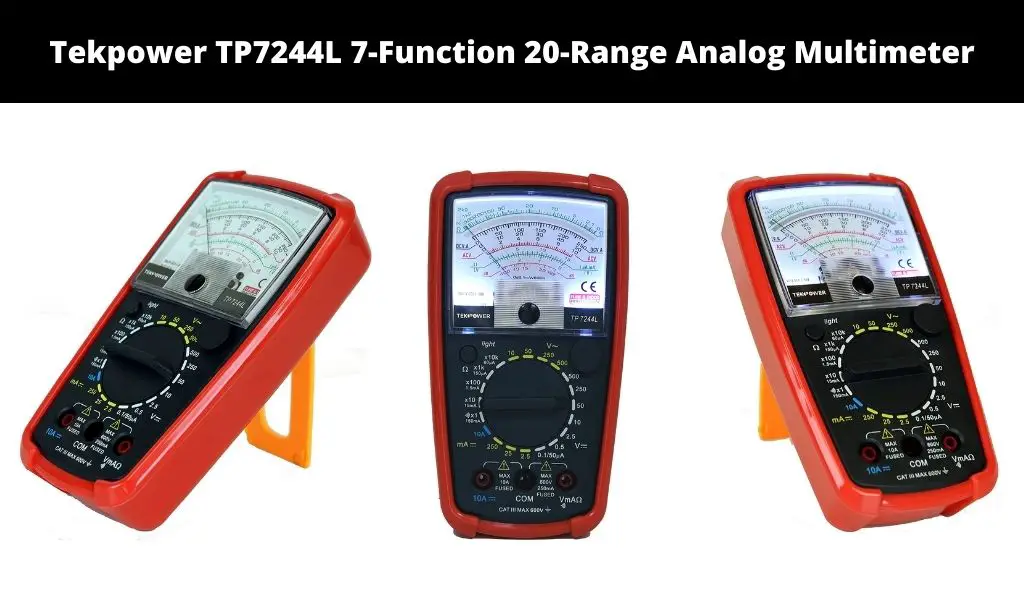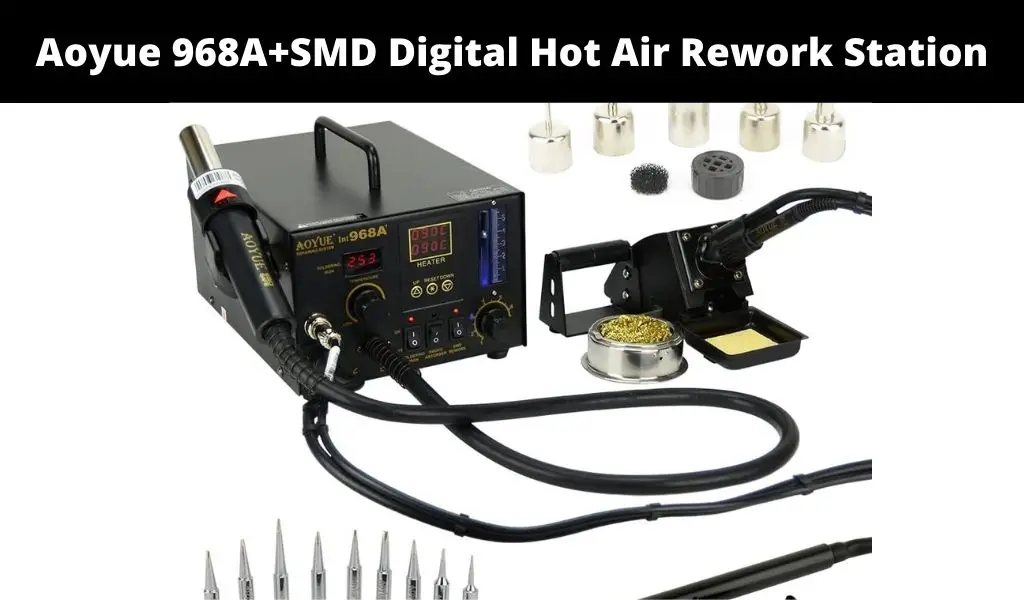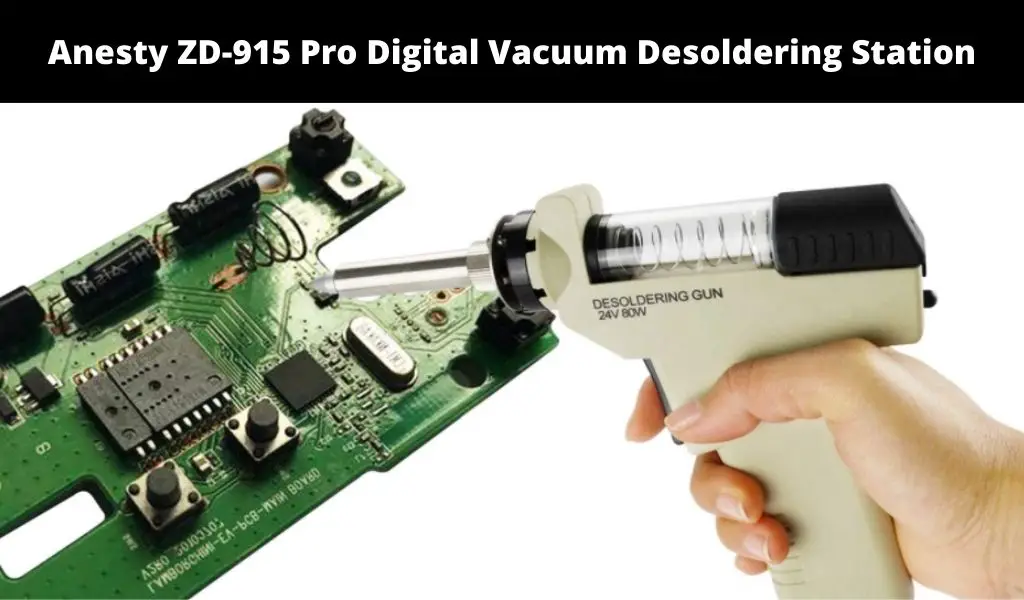Flux is used to prevent toxic fumes from forming while soldering. It helps with soldering, and unsoldering parts you may have messed up on. Those new to soldering may not understand how important it is to have good quality flux.
Flux is found in liquid and paste form, but a flux pen will make soldering a painless process. This list has everything you need to know about flux pens, including which pens are the best.
The Top 5 Best Flux Pens
| Image | Title | Price | Prime | Buy |
|---|---|---|---|---|
| Top | SRA #312 Soldering Flux Pen Low-Solids, No-Clean 10ml - Refillable | PrimeEligible | Buy Now | |
| Chemtronics CircuitWorks CW8100 No Clean Flux Dispensing Pen, 9ml | PrimeEligible | Buy Now | ||
 | Kester83-1000-0951 951 Soldering Flux Pen Low-Solids, No-Clean 10Ml | Prime | Buy Now | |
| Qualitek 302 Solder Flux Rework Pen, No-Clean, Water Soluble, Low Solids .33 oz; 50-30233 | PrimeEligible | Buy Now | ||
 | Kester 186 Liquid Soldering Flux, RMA Rosin, 12ml Pen | Prime | Buy Now |
The above flux pens will serve you well while doing electronics work. To help you choose the best pen for your needs the positives and negatives of each flux pen will be laid out. If you still aren’t sure which one to get the buying guide and FAQ below will help you on your search for the perfect soldering companion.
Let’s get started!
1 – Best Flux Pen Overall ( SRA #312 Soldering Flux Pen Low-Solids, No-Clean 10ml – Refillable)
Prices pulled from the Amazon Product Advertising API on:
Product prices and availability are accurate as of the date/time indicated and are subject to change. Any price and availability information displayed on [relevant Amazon Site(s), as applicable] at the time of purchase will apply to the purchase of this product.
This refillable flux pen is sure to guide your solder into place. Since it’s refillable, you can make your own flux to fit your needs, or buy a different flux infill.
Quick Look
- No rosin
- Easily remove residue with hot water
- Environmentally friendly refillable design
- Non-Corrosive
- Holds 10ml of flux
- No-clean flux
Overview
The SRA #312 flux pen works great for all kinds of soldering jobs.
The SRA #312 pen leaves very little residue behind. Some flux pens leak when you hold them down. This flux pen doesn’t leak even when using it for extended periods. Guiding your solder into place is incredibly easy.
If you apply a little too much flux you don’t need to worry, this flux is non-conductive and noncorrosive. Accidents happen, but they won’t destroy your circuit board when they do!
The flux is excellent for giving wires and small components a thin coat before soldering. This pen great for people just learning to solder. It will even impress experienced electronic hobbyists.
The pen has 10 ml out of the box plenty of flux to get you through many soldering projects. If that runs out, you can purchase flux refills. You won’t need to buy a new pen every time you run out! It’s great for the environment and your wallet.
Using this pen is like using a whiteout marker. You just press the tip down on the board and flux rolls into place. It isn’t rosin-based so it is less toxic. You should always use ventilation, but this flux is useful for preventing oxidation.
2- Best Value ( Chemtronics CircuitWorks CW8100 )
Prices pulled from the Amazon Product Advertising API on:
Product prices and availability are accurate as of the date/time indicated and are subject to change. Any price and availability information displayed on [relevant Amazon Site(s), as applicable] at the time of purchase will apply to the purchase of this product.
Quick Look
- Organic flux
- No halide
- Chisel tip for precision
- 3-inch screen easily readable in sunlight, portrait and landscape views
- Great for reflowing
- Tip works great on printed circuit boards
- Steady flow
Overview
the CircuitWorks flux pen has a nice wedge tip, made of felt. It creates virtually no mess. The flux is non-conductive, and mistakes are quickly fixed with alcohol. Works for coating wires and components.
The CircuitWorks CW8100 isn’t refillable, but it comes with 12 ml, much more than competitors! This flux pen is a great value. Buy one and keep it around, you never know when you might need it!
3- Best Flux Pen for Reliability ( Kester 83-1000-0951 951 Soldering Flux Pen )
Prices pulled from the Amazon Product Advertising API on:
Product prices and availability are accurate as of the date/time indicated and are subject to change. Any price and availability information displayed on [relevant Amazon Site(s), as applicable] at the time of purchase will apply to the purchase of this product.
Quick Look
- Pressure sensitive felt tip
- 10ml capacity
- No-clean flux
- Works on car electronics
- The tip is precise enough for small electronics
- Low solid flux leaves your board looking brand new
Overview
Kester has made flux since 1899. They are still based out of Illinois, and they are always innovating the electronics industry. The Kester 951 is made in an environmentally friendly facility. Kester’s flux requires very little cleaning, a quick splash of rubbing alcohol does the trick.
The 12ml bottle is a great value. The extra 2ml goes a long way for small electronics projects. The felt tip requires very little pressure to release a flow of flux. Start out with a bit of pressure and work up in increments.
The Kester is great for reworking circuits. It is designed to avoid solder bridges and makes wave soldering painless. Very little experience is needed for the Kester 951.
4- Best Flux Pen for Reworking ( Qualitek Rework Wand 302 )
Prices pulled from the Amazon Product Advertising API on:
Product prices and availability are accurate as of the date/time indicated and are subject to change. Any price and availability information displayed on [relevant Amazon Site(s), as applicable] at the time of purchase will apply to the purchase of this product.
Qualitek is an ISO 9001 certified solder supplier manufacturer. These products are environmentally friendly and made by a trusted brand.
Quick Look
- Environmentally safe and recyclable
- Globally trusted brand
- Works for automobile repair and reworking smaller circuits
- Water soluble
- The pen is a must-have for SMT work
- Even coats of flux
Overview
Surface mounting small components has never been easier than with the Qualitek Rework Wand. Also works on ball grid arrays. Perfect for upgrading your side projects circuit board.
This pen is very sensitive. Don’t apply too much pressure or you’ll be left with a pool of flux. Luckily this flux is water soluble, so your mistakes can be corrected easily. The flux dries quickly upon contact with printed circuit boards.
Remove old solder and reattach surface mount quickly with this flux pen. You should keep the cap on your Rework Wand to avoid the flux drying out.
When your done reflowing your project uses a little water to clean up any residue quickly. No-clean flux will leave behind a transparent film that isn’t harmful for components but is unsightly. This pen is easy to use and takes first place for the best pen for reworking and reflowing a circuit board.
5- Best Rosin Based Flux Pen ( TekLine Flux Pen-Pak 186 )
Prices pulled from the Amazon Product Advertising API on:
Product prices and availability are accurate as of the date/time indicated and are subject to change. Any price and availability information displayed on [relevant Amazon Site(s), as applicable] at the time of purchase will apply to the purchase of this product.
Most flux pens are rosin free. The Tekline is a rosin-based pen that works like the best no-clean flux pens.
Quick Look
- Rosin-based
- Lead-free
- Handles high temperatures
- Flux heats evenly
- Quality Kester product
Overview
186 flux is meant for more substantial electronic work. Rosin-based flux dries fast and prevents oxidization better than water-soluble and no -clean flux. The Kester 186 pen is mildly activated flux.
Rosin activated fluxes are easier to clean than mildly activated flux.
Mildly activated flux is much better for work on older circuit boards.
You will need a special flux cleaner to get rid of any unnecessary flux on your printed circuit board. This Kester pen may not be as clean as the other pens, but it handles big jobs better than they can. It does a great job cleaning circuit boards allowing you to solder everything correctly.
How to Choose The Right Flux?
Not all flux is the same. If you want to do small electronic work, you’ll want a no-clean flux to prevent mistakes. Bigger jobs may require a solder with a flux core, and rosin activated or mildly activated flux. It gets complicated, but the guide will help you find the right flux.
Rosin mildly activated flux is best for old components. If a circuit is old, then stronger rosin activate flux will clean up the board even better.
No-clean flux cleans well but isn’t going to work quite as well on old boards. These fluxes are usually rosin free. Without the rosin, these fluxes won’t oxidize as fast as rosin flux.
Uses
For small projects the SRA #312 is perfect. The flux flows out at just the right speed. Guide the tip of the pen over your board and then watch as your solder goes precisely where you needed it to!
For working on solar panels, you’ll want a Kester 951. This pen was designed for reworking circuit boards. It works on surface mount and conventional boards.
Any older projects will require a 186-rated flux. The Kester 186 is excellent for cleaning up old circuits. The rosin is mildly activated and prepares old boards better than no-clean flux. It requires a flux cleaner since it is conductive, unlike the no-clean flux.
Organic fluxes are easy to clean. They require water while non-organic fluxes require alcohol. For big projects, an organic flux won’t leave a mess on your circuit board.
Non-organic flux requires alcohol or a flux remover. If you haven’t use flux before, the no-clean organic flux pens are better.
Flow
Flux can get real messy fast. Fortunately, the flux pen makes things less messy. Look for a nice steady stream in your flux pen. Not too fast and not too slow.
You want a tip that works consistently. Otherwise, you’ll be spending a lot of time trying to get the flux to go into place. A chisel tip is generally the best for guiding a steady flow of flux.
Think of a flux pen like a whiteout marker. You don’t want to cover everything you just want to clean up certain spots on your circuit board. A leaky white out marker is frustrating, but nothing is more frustrating than a low-quality flux pen leaking all over your printed circuit board.
Conductive or Non-conductive
Beginners should start learning to solder using a non-conductive flux. This type of flux has low solids and won’t corrode. Your circuits will be safe from mistakes as well. Many rosin fluxes don’t need to be cleaned.
Conductive fluxes are reliable. The board will need to be cleaned once you are done. Some conductive fluxes require alcohol or other products. These fluxes are better for experienced soldiers working on heavy-duty projects.
Rosin or Non-rosin
Rosin has been used in flux for a long time. Good rosin activated flux (RA) easily eats away corrosion from your circuit. These fluxes require more cleaning than non-rosin flux. When it comes to old circuits and large wires a rosin flux is essential.
Non-rosin fluxes are generally called no-clean fluxes. They are easy to use and work great for printed circuit boards. These fluxes are used to fix gaming systems and other household electronics.
Do I Need a Pen?
A pen takes the mess out of soldering. It makes it easy to get your solder into the precise spot you wanted. Beginners should start with a pen. Those experienced with electronic work will enjoy the precision a flux pen provides.
If you want to fix household items and small electronics a flux pen is perfect. For larger electronics, you may want to consider a paste or liquid rosin-based flux.
FAQ’s
What is the difference between Flux Pens and Other Flux Products?
A flux pen makes it easier to apply flux to small electronics. You press down on the tip and flux rolls onto the board. It is more time effective than mixing your own flux.
Flux paste is mixed with another liquid ingredient. It is then put into a syringe for easier application. These flux pastes require more work than a flux pen.
Do I Need Rosin Core Solder?
Many solders have flux core in it. The middle of the solder is made with rosin to prevent oxidization. These rosin core solders aren’t necessary for small projects. A suitable flux pen will help your flux settle into the right places.
What does Flux do?
Flux makes soldering easier. The flux is applied before joining components to get rid of corrosion. By eliminating corrosion, the flux. De-soldering is best done with a flux in pen or paste form.
Do I Need Flux to Solder?
If you want to solder the right way you will need flux. Flux prevents harmful oxidation from occurring keeping your lungs safe from the toxic byproducts. Flux also helps protect your circuit board and makes the entire soldering and reworking process easier.
Conclusion
There are numerous flux pens and other flux products. After finishing this guide, you should have enough information to decide on the best flux pen for your project. The pens above are all great choices. To determine you need to think about your project. Do you need a flux that flows well over a printed circuit board? A no-clean flux pen is your best bet. Do you want to attach heavy wire wires? A rosin-based flux is ideal.

